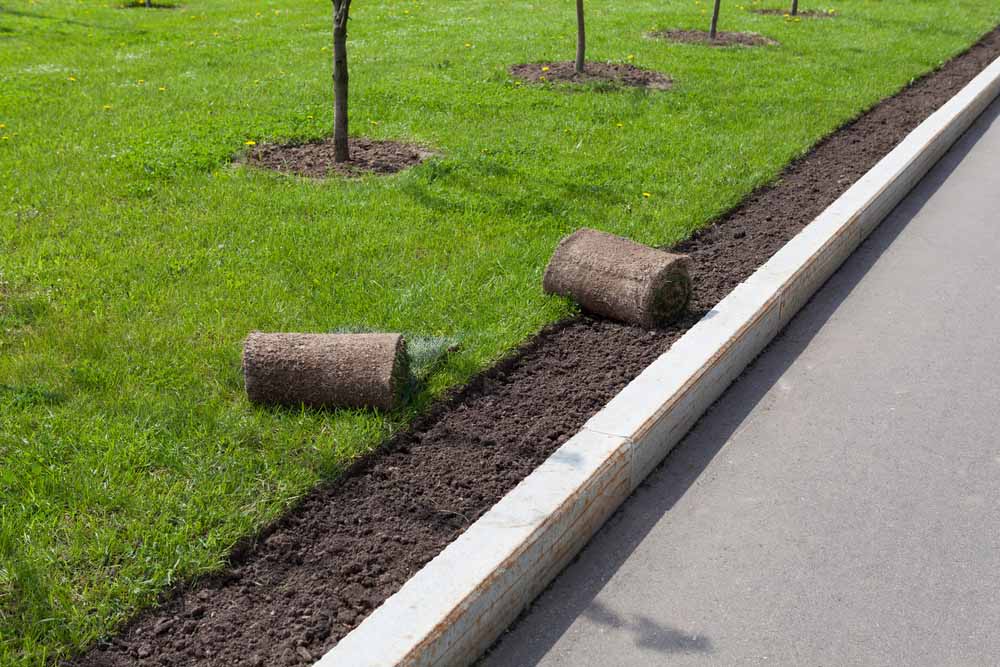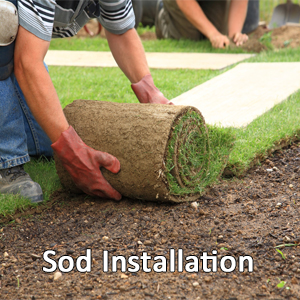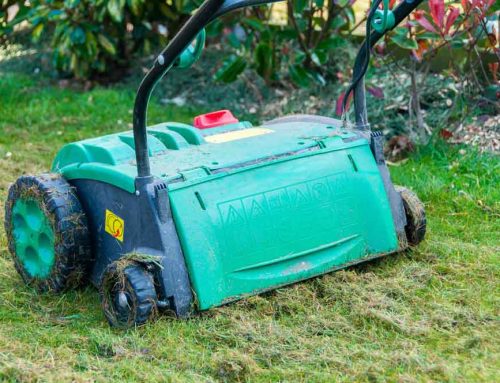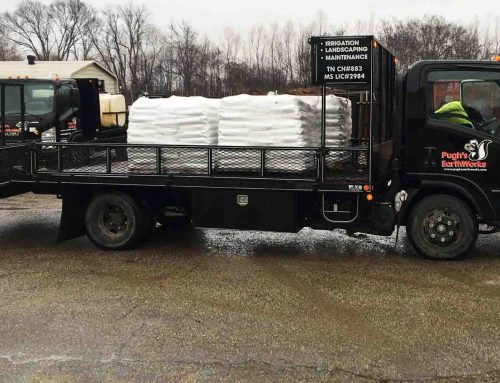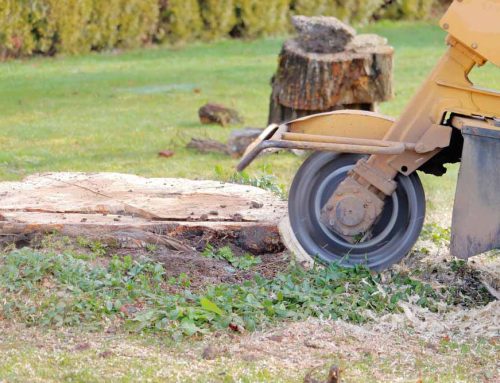Pugh’s Earthworks
Imagine stepping into your backyard and sinking your toes into a lush, green carpet of grass. Fall sod installation is the key to achieving this dream while taking advantage of the season’s unique conditions. In this blog post, we will explore why early fall is the best time to lay sod, provide expert sod care tips, and guide you on choosing the right sod varieties for the South. Pugh’s Earthworks is the premier Mid-South Commercial Landscaping company. Fall Sod Installation is just one of our many services.
Why Choose Fall for Sod Installation?
The perfect conditions for thriving sod
Fall presents an ideal opportunity for sod installation due to its cool temperatures and abundant rainfall. These conditions create the perfect environment for sod to establish strong roots before winter. Unlike the harsh summer sun that can stress new sod, fall offers gentle warmth, allowing sod to acclimate without excessive heat stress. This balance of warmth and moisture ensures rapid root growth, setting the stage for a resilient and vibrant lawn come spring.
Less competition from weeds
One of the significant benefits of fall sod installation is the reduced competition from weeds. During fall, many weeds begin to die back, providing your newly laid sod with a head start. Without the fierce competition from weeds, your sod can focus on rooting deeply and spreading across your lawn, ensuring a thick and uniform coverage. By the time spring arrives, your lawn will have a well-established sod that outcompetes any emerging weeds.
Extended growing season
Fall sod installation extends the growing season. Sod laid in early fall still has a few weeks of growing time before temperatures drop significantly. This extended period allows the sod to establish itself firmly, reducing the risk of damage during winter. By the time spring arrives, your sod will be ready to burst into life, delivering a lush and healthy lawn.
Pugh’s Earthworks Will Choose the Right Sod Varieties for the South
- Understanding your region’s climate – Selecting the best sod varieties for your location is crucial for a successful lawn. In the southern United States, warm-season grasses thrive due to the region’s climate. These grasses are well-suited to hot and humid conditions, making them perfect candidates for fall sod installation. Understanding your region’s climate will help you make informed decisions about the best sod varieties to use.
- Popular warm-season grass varieties – Some popular warm-season grasses for the South include Bermuda, Zoysia, and St. Augustine. Bermuda grass is known for its durability and fine texture, making it a favorite among homeowners. Zoysia grass offers excellent drought resistance and a soft feel underfoot, while St. Augustine grass is prized for its shade tolerance and dense coverage. Each of these grasses has unique qualities that cater to different preferences and conditions.
- Selecting the right sod for your needs – When choosing sod, consider factors such as sun exposure, soil type, and intended use of your lawn. If your lawn receives a lot of sunlight, Bermuda grass may be the best choice. For shaded areas, St. Augustine grass is a reliable option. Take into account your maintenance preferences as well—some grasses require more frequent mowing and watering than others. By selecting the right sod for your specific needs, you’ll set the foundation for a successful lawn.
Pugh’s Earthworks Professional Sod Installation vs. DIY
- Pros and cons of professional installation – Deciding between professional sod installation and a DIY approach depends on various factors. Professional installation offers several advantages, including expertise and efficiency. Experienced professionals have the skills and equipment to ensure precise sod placement, reducing the risk of gaps and uneven growth. Additionally, they can assess your soil quality and recommend any necessary amendments to optimize sod performance.
- Benefits of a DIY sod project – For those who love hands-on projects, installing sod yourself can be a rewarding endeavor. DIY sod installation allows you to take control of the entire process, from selecting the sod variety to laying it down. It can also be a cost-effective option, as you’ll save on labor costs. However, it is essential to be prepared with the right tools and knowledge to ensure the success of your DIY sod project.
- Finding the right balance – Ultimately, the choice between professional installation and DIY depends on your comfort level, budget, and time availability. If you are uncertain, consider consulting with a Pugh’s Earthworks landscaping professional for guidance. Wey can offer insights and recommendations tailored to your specific needs, helping you achieve the best results for your lawn.
Pugh’s Earthworks Will Prepare Your Soil for Fall Sod Installation
- Conducting a soil test – Before laying sod, it is crucial to assess your soil’s health and composition. Conducting a soil test will provide valuable information about nutrient levels, pH balance, and organic matter content. This data will guide you in making necessary adjustments to create an optimal environment for your sod to thrive.
- Amending your soil – Based on the results of your soil test, you may need to amend your soil to improve its quality. Common soil amendments include adding lime to raise pH levels or incorporating organic matter to enhance drainage and nutrient retention. Properly amended soil will support healthy root development and overall sod growth.
- Removing existing vegetation – To ensure successful sod installation, clear your lawn of any existing vegetation, including weeds and debris. Use a sod cutter or herbicide to remove unwanted plants, and rake the area to create a smooth, even surface. Removing obstacles will help your sod establish strong contact with the soil, promoting rapid root growth.
Essential Sod Care Tips for a Thriving Lawn
- Watering wisely – Proper watering is crucial for sod health, especially during the establishment phase. Water your sod early in the morning to reduce evaporation and fungal risk. Adjust your watering schedule based on weather conditions, ensuring the soil remains consistently moist but not waterlogged.
- Fertilizing for success – Fertilizing your sod will provide essential nutrients to promote healthy growth. Apply a balanced fertilizer after the sod has established, following the manufacturer’s instructions. Regular fertilization will enhance your lawn’s color, density, and resilience to stress.
- Mowing and maintenance – Once your sod is established, maintain it by mowing regularly. Keep your mower blades sharp to prevent damaging the grass. Avoid cutting more than one-third of the grass height at once and adjust your mowing height based on the sod variety. Proper maintenance will keep your lawn looking lush and vibrant.
Troubleshooting Common Sod Issues
- Identifying pests and diseases – Sod can be susceptible to pests and diseases, which may compromise its health. Familiarize yourself with common issues, such as grubs and fungal infections, and monitor your lawn for signs of trouble. Early detection and intervention will help protect your investment.
- Addressing drainage problems – Adequate drainage is essential for sod health. Poor drainage can lead to waterlogged soil, promoting root rot and disease. If you notice standing water or soggy areas, consider improving drainage by aerating the soil or adding organic matter to enhance soil structure.
- Dealing with uneven growth – Sod growth that is not even may result from inadequate soil contact or improper watering. Inspect your lawn for gaps or areas where sod has not rooted properly and address these issues promptly. Ensure even watering and consider overseeding to fill in any bare patches.
Creating a Sustainable Lawn with Fall Sod
- The environmental benefits – A well-maintained lawn offers numerous environmental benefits, from improving air quality to reducing soil erosion. By choosing sustainable practices, such as using organic fertilizers and conserving water, you can create a lawn that is both beautiful and eco-friendly.
- Eco-friendly sod options – Consider using eco-friendly sod varieties that require less water and chemical inputs. Drought-tolerant grasses, such as Bermuda or Zoysia, are excellent choices for creating a sustainable lawn in the South. These varieties are well-adapted to the region’s climate and can thrive with minimal intervention.
- Long-term lawn care strategies – Adopt long-term lawn care strategies that prioritize sustainability and resilience. Incorporate practices like regular aeration, soil testing, and responsible watering to maintain a healthy lawn. By investing in sustainable lawn care, you’ll enjoy a vibrant, low-maintenance yard for years to come.
Conclusion
Fall sod installation is your ticket to a lush, healthy lawn that enhances your property’s beauty and value. By understanding the benefits of early fall installation, selecting the right sod varieties, and following expert care tips, you’ll set yourself up for success. If you are eager to learn more about fall sod installation and lawn care, please reach out to Pugh’s Earthworks. Our experts will provide valuable insights, support, and inspiration as you embark on your sod installation journey.
Pugh’s Earthworks Fall Sod Installation
If you are looking for a reliable commercial lawn care service, contact us today! We offer free estimates on all of our services and are always happy to answer any questions you may have about how we can help your business succeed. Pugh’s Earthworks is a full-service landscaping and lawn care company that offers commercial lawn maintenance services for businesses, commercial properties and residential properties. We offer a wide range of services to help you maintain your property. We can provide everything from seasonal mowing to full landscape design services or irrigation system installation.
Pugh’s Earthworks
We operate 5 landscape centers, in 3 states.
Our headquarters is in Memphis, Tennessee. We also operate landscape offices in Nashville, Jackson TN, Southaven MS and Little Rock AR. Our firm provides monthly grounds maintenance services for commercial clients. If you are seeking assistance with Landscaping or Lawn Maintenance services, please give us a call or send us a message via the contact form below. We do offer FREE Estimates.
Headquarters
Phone: (866) 207-4734

